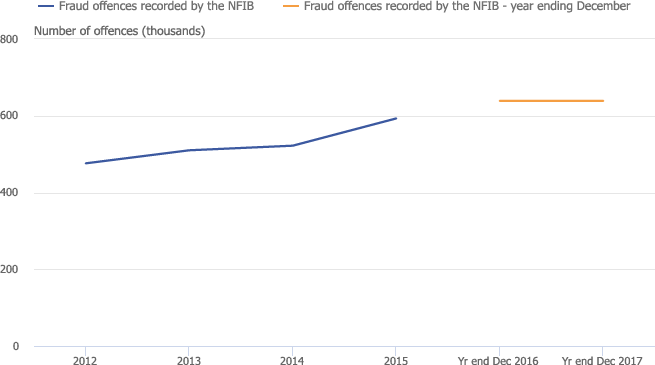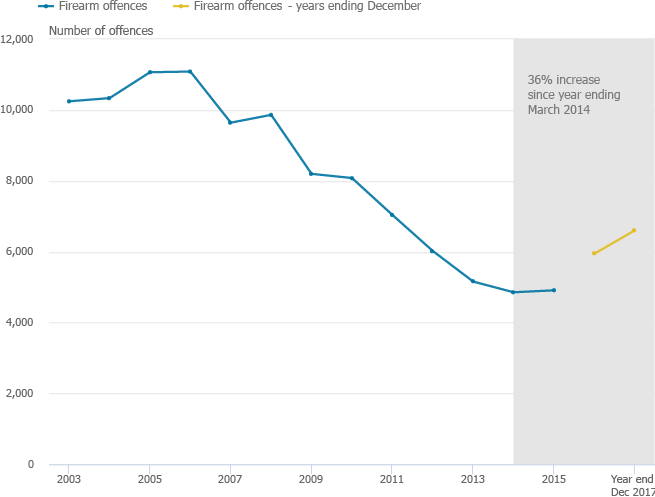Unemployment: August 2018
Estimates of unemployment for the UK.
This page is part of the latest labour market collection
Unemployment rate is at lowest since the mid-1970s
January to March 1971 to April to June 2018, seasonally adjusted

Source: Labour Force Survey, Office for National Statistics

In April to June 2018 there were 1.36 million unemployed people, 65,000 fewer than for January to March 2018 and 124,000 fewer than a year earlier.
Rob Kent Smith, Head of National Accounts
On this page:
- Analysis of unemployment
- Unmployment data
- How do we measure this?
- What do you need to know?
- Glossary
- More pages in this collection
- More about unmployment
- You may also be interested in
- Contact us
Pages in this collection:
UK unemployment continues to fall
Unemployment measures people without a job who have been actively seeking work within the last four weeks and are available to start work within the next two weeks.
The unemployment rate is not the proportion of the total population who are unemployed. It is the proportion of the economically active population (those in work plus those seeking and available to work) who are unemployed.
As shown in our main chart (which shows unemployment rates for people, men and women), the lowest unemployment rate for people since comparable records began in 1971 was 3.4% in late 1973 to early 1974 and the highest rate, 11.9%, was in 1984 during the economic downturn of the early 1980s. The unemployment rate for people for the latest time period, April to June 2018, was 4.0%, the lowest since the mid-1970s.
The longer picture for UK unemployment rates (people aged 16 years and over)
April to June 2013 to April to June 2018, seasonally adjusted

Source: Labour Force Survey, Office for National Statistics
Download this chart
For April to June 2018:
- the unemployment rate for people was 4.0%; it has not been lower since December 1974 to February 1975
- the unemployment rate for men was 4.0%; it has not been lower since April to June 1975
- the unemployment rate for women was 4.0%; the lowest since comparable records began in 1971
For April to June 2018, there were:
- 1.36 million unemployed people, 124,000 fewer than for a year earlier and the lowest since November 1975 to January 1976
- 721,000 unemployed men, 97,000 fewer than for a year earlier and the lowest since August to October 1975
- 639,000 unemployed women, 27,000 fewer than for a year earlier and the lowest since September to November 2005
Looking at unemployment by how long people have been out of work and seeking work, for April to June 2018, there were:
- 795,000 people who had been unemployed for up to six months, 81,000 fewer than for a year earlier
- 209,000 people who had been unemployed for between six months and one year, 26,000 fewer than for a year earlier
- 356,000 people who had been unemployed for over one year, 18,000 fewer than for a year earlier
Unemployment data
Where to find data about unemployment
- Unemployment estimates for the UK are available in dataset UNEM01 SA.
- Estimates of employment UK and non-UK workers are available at Non-UK workers in the labour market and at datasets A12 and EMP06.
- Historic estimates of unemployment (which do not have National Statistics status) have been published by the Bank of England in the spreadsheet A millennium of macroeconomic data version 3.1 (in worksheets A49 and A50).
- International comparisons of employment rates are available at dataset A10.
Using employment data
More about the labour market
-
Labour market economic commentary
Published every month on the same day as this release.
-
Single month Labour Force Survey estimates
This monthly article helps us to understand the movements in the three-month average Labour Force Survey estimates.
You may also be interested in
Contact us
Richard Clegg
labour.market@ons.gov.uk
+44 (0)1633 455400
